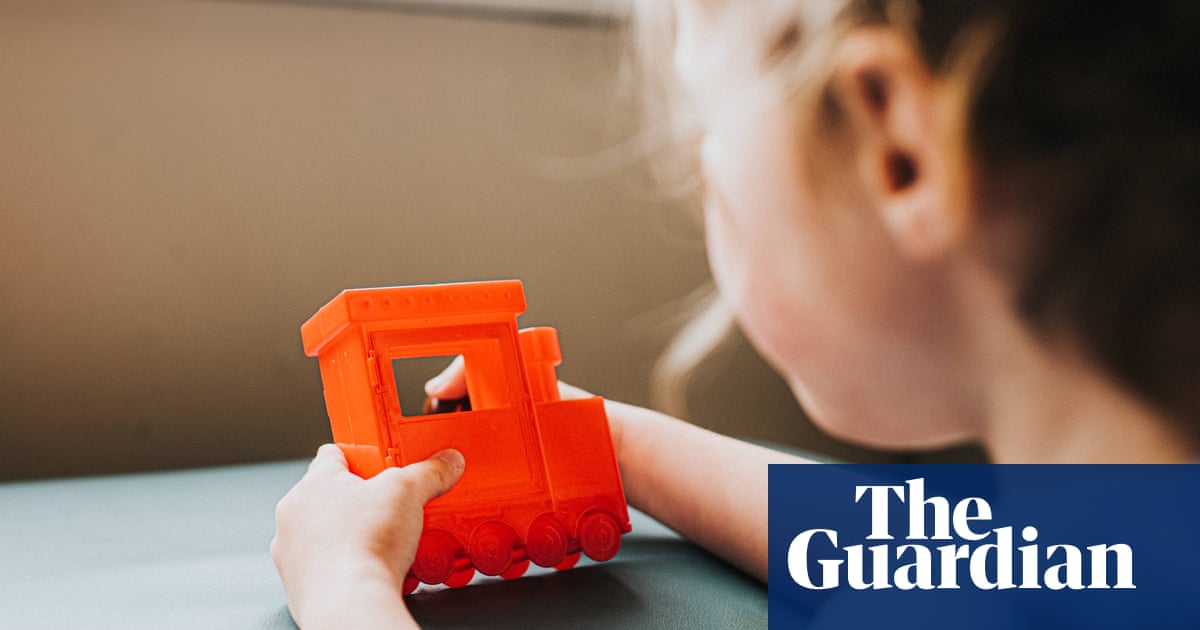
Retailers are being urged to stop making everyday products such as drinks bottles, outdoor furniture and toys out of brightly coloured plastic after researchers found it degrades into microplastics faster than plainer colours.
Red, blue and green plastic became “very brittle and fragmented”, while black, white and silver samples were “largely unaffected” over a three-year period, according to the findings of the University of Leicester-led project.
The scale of environmental pollution caused by plastic waste means that microplastics, or tiny plastic particles, are everywhere. Indeed, they were recently found in human testicles, with scientists suggesting a possible link to declining sperm counts in men.
In this case, scientists from the UK and the University of Cape Town in South Africa used complementary studies to show that plastics of the same composition degrade at different rates depending on the colour.
The UK researchers put bottle lids of various colours on the roof of a university building to be exposed to the sun and the elements for three years. The South African study used plastic items found on a remote beach.
“It’s amazing that samples left to weather on a rooftop in Leicester and those collected on a windswept beach at the southern tip of the African continent show similar results,” said Dr Sarah Key, who led the project.
“What the experiments showed is that even in a relatively cool and cloudy environment for only three years, huge differences can be seen in the formation of microplastics.”
This field study, published in the journal Environmental Pollution, is the first such proof of this effect. It suggests that retailers and manufacturers should give more consideration to the colour of short-lived plastics.
“I’ve often wondered why microplastics in beach sand often appear to be all the colours of the rainbow,” said Professor Sarah Gabbott, also from the University of Leicester, who co-authored the study.
“I assumed that my eyes were being deceived and that I was just seeing the more colourful microplastics because they were easier to spot. Turns out there really are likely to be more brightly coloured microplastics in the environment because those plastic items pigmented red, green and blue are more susceptible to being fragmented into millions of tiny yet colourful microplastic particles.”
Adam Herriott, senior specialist for plastics at the anti-waste charity Wrap, said coloured plastic had traditionally been used to make products stand out in the shops, but the organisation is already advising manufacturers to avoid pigments so that plastic can be recycled more easily.
“If you mix up the colours together, it comes out a weird grey or greenish colour,” he said. The research was another reason to do this. “If we can avoid those bright colours in food packaging, especially high litter items like crisp packets or bottle tops, it would be better.”
The findings demonstrate that the black, white and silver colourants protect the plastic from damaging ultraviolet (UV) radiation, whereas other pigments do not. UV damage changes the plastic’s polymer structure, making it brittle and susceptible to fragmentation.
“Manufacturers should consider both the recyclability of the material and the likelihood of it being littered when designing plastic items and packaging,” said Key. “For items that are used outdoors or extensively exposed to sunlight, such as plastic outdoor furniture, consider avoiding colours like red, green and blue to make them last as long as possible.”












